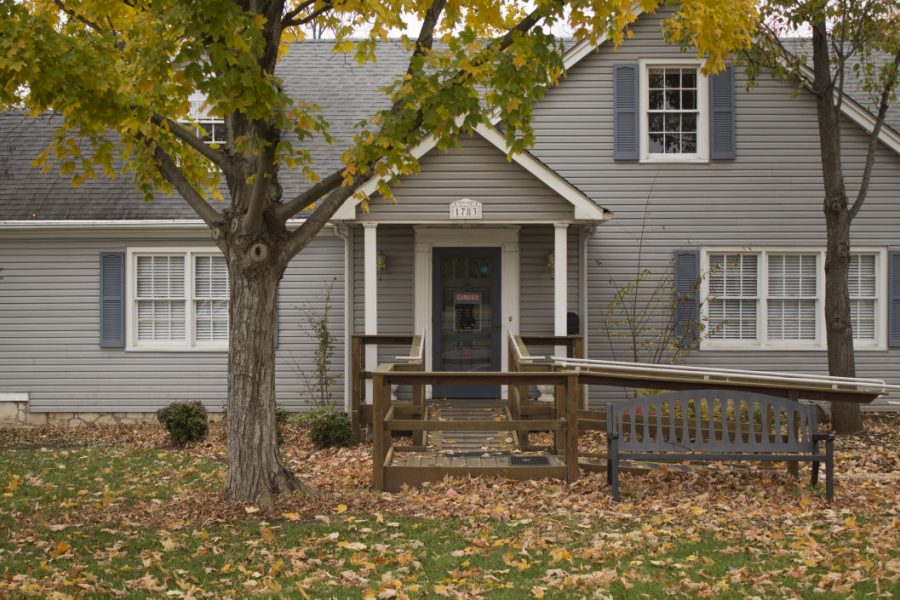AAMBGA works to revive past
December 2, 2014
In 1866 in Bowling Green, Virgil Loving was the big man in town. A blacksmith with seven and a half acres of land in his name, Loving and his wife, Gilly, had six daughters. He could read and write, though Gilly could not. He was also a black man in a world fresh out of the Civil War.
In this new post-Civil War Bowling Green area, black men made up the majority of the lower class. Virgil bought his seven and a half acres on Jan. 1, 1866 from Victor Loving, a Louisville man who had connections to Bowling Green. Virgil bought the land for $100 an acre, a total which would convert into over $11,700 in today’s rates. Victor, it is said, bought the land for much less and made a large profit from the sale to Virgil.
Virgil bought the land and paid the mortgage through his work as a blacksmith and by selling land to other blacks in the area. Virgil died in 1913 and is buried with his wife in Mount Moriah cemetery, located behind Spero Kereiakes Park. The land he was said to own is estimated to be located near the railroads and Russellville Road.
It is stories like those of Virgil Loving that the African American Museum of the Bowling Green Area wishes to tell.
Created in 2011, the AAMBGA’s official mission statement is to recover, document, preserve and present the history of African Americans in the Bowling Green area.
“What we have to understand is black history is more than just the month of February,” Lloren Foster said. “But, if you’re going to compartmentalize it in that fashion, we see ourselves as the hub of the dissemination of that information and the coordination of those kinds of events.”
Foster is the treasurer and the interim vice chair of the museum. He and John Long, the chairman of the Board of Directors, have worked on the project together since 2011 after discovering a shared interest of creating an African American Museum in Bowling Green brought them together.
“I didn’t even know his name until we had (the steering) meeting in 2011,” Foster said.
Long, a retired WKU professor spends much of his time researching in the Bowling Green archives to find stories like Virgil’s.
“We haven’t always been able to get to the resources and a lot of what you would like to know hasn’t always been recorded because many of us…were property,” Long said. “When it came to census records, you were not named. You were a pencil stroke.”
The group of those involved in the museum is ever-changing, as more and more people hear about the



















![Megan Inman of Tennessee cries after embracing Drag performer and transgender advocate Jasmine St. James at the 9th Annual WKU Housing and Residence Life Drag Show at Knicely Conference Center on April 4, 2024. “[The community] was so warm and welcoming when I came out, if it wasn’t for the queens I wouldn’t be here,” Inman said.](https://wkuherald.com/wp-content/uploads/2024/04/smith_von_drag_3-600x419.jpg)


